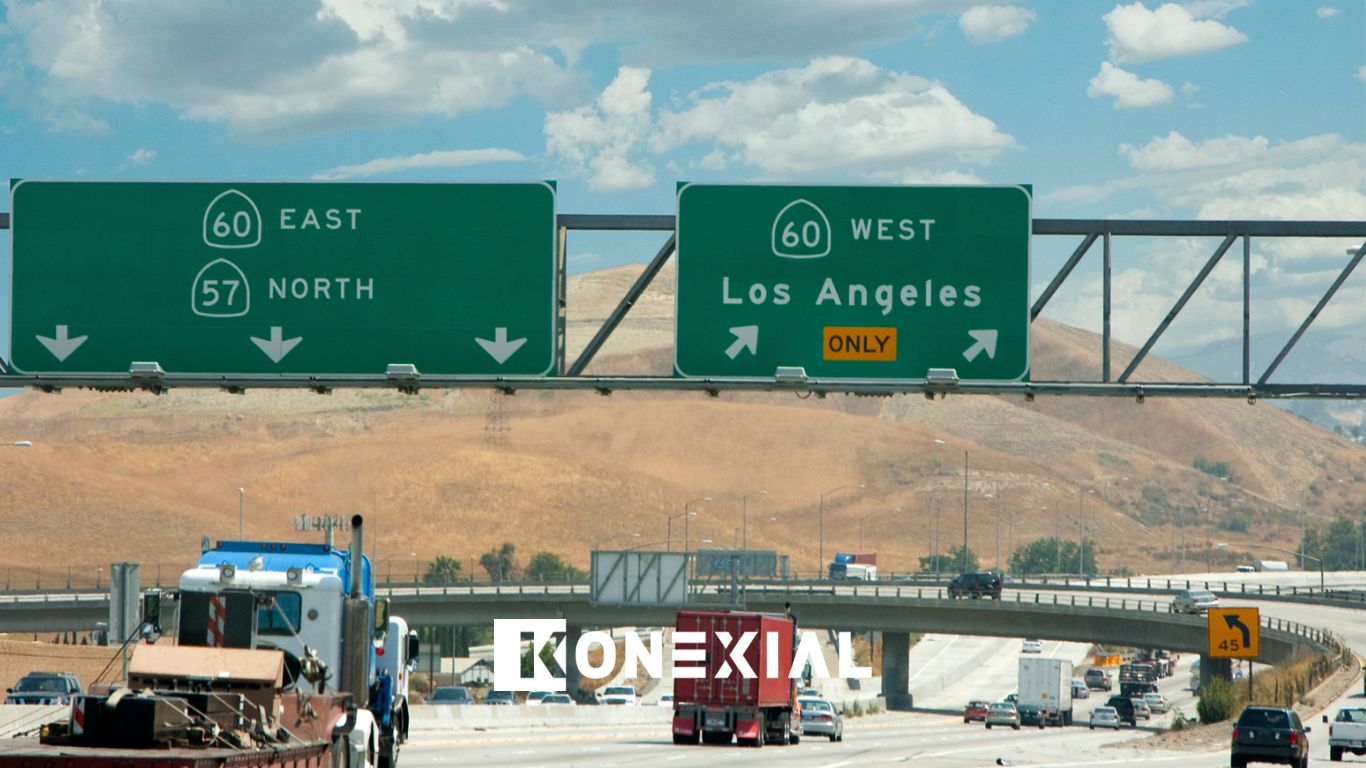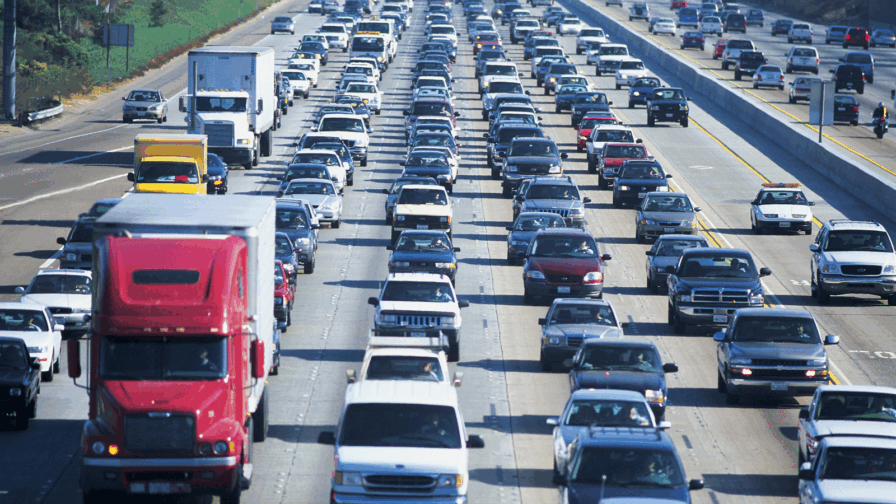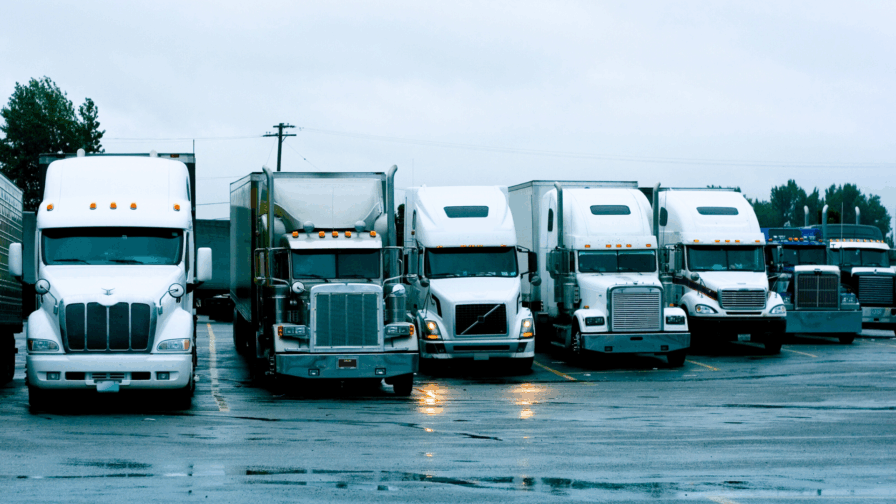Navigating the Path to a CDL License in California

Navigating the Path to a CDL License in California
Navigating the path to obtaining a Commercial Driver’s License (CDL) in California can be both an exciting and daunting journey. With the ever-increasing demand for commercial drivers across various industries, securing a CDL opens up a realm of opportunities, promising rewarding careers and the chance to explore the vast roads of the Golden State and beyond.
In this comprehensive guide, we aim to explain the process of acquiring a CDL in California, providing you with a detailed roadmap from the initial decision-making phase all the way to holding your license in hand. Given the complexity of state-specific requirements, regulations, and the sheer volume of information to digest, our goal is to simplify this journey, making it more accessible and manageable for aspiring commercial drivers.
Whether you’re completely new to the world of commercial driving or looking to expand your existing qualifications, this guide is designed to answer your questions and pave the way for a successful career in commercial driving.
Understanding CDL Licenses in California
Before delving into the specifics of obtaining a CDL in California, it’s essential to grasp what a CDL entails. A Commercial Driver’s License authorizes individuals to operate commercial motor vehicles (CMVs) weighing over 26,000 pounds, transport hazardous materials, or carry more than a specified number of passengers. CDLs are essential for professions such as truck driving, bus driving, and transporting goods or passengers for hire. Obtaining a CDL involves passing written knowledge tests, skills (driving) tests, and meeting other eligibility criteria, ensuring that drivers possess the necessary knowledge and skills to safely operate commercial vehicles on public roads.
Steps for Obtaining a CDL in California
In California, the process of obtaining a CDL involves several steps and requirements tailored to ensure safety on the state’s roads.
Step 1: Know Your Endorsements:
California categorizes CDLs into various classes (A, B, and C) based on the vehicle’s weight and purpose. Each class may require additional endorsements, such as double/triple trailers, tanker vehicles, or passenger transport. As a fleet owner or manager, understanding the specific endorsements your drivers need is vital to compliance and efficiency in operations.
3 Types of CDL in California
Class A CDL: This class authorizes drivers to operate combination vehicles with a gross combination weight rating (GCWR) of 26,001 pounds or more, provided that the vehicle being towed weighs over 10,000 pounds. This class is typically required for drivers operating tractor-trailers, semi-trucks, and other large combination vehicles.
Class B CDL: Drivers with a Class B CDL can operate single vehicles with a GVWR of 26,001 pounds or more, or any such vehicle towing a vehicle not in excess of 10,000 pounds GVWR. This class is suitable for drivers operating straight trucks, large buses, and box trucks with single trailers.
Class C CDL: The Class C CDL is the most common type and permits drivers to operate vehicles designed to transport 16 or more passengers (including the driver) or vehicles transporting hazardous materials that require placarding. This class is often required for drivers operating passenger buses, vans, or vehicles carrying hazardous materials in quantities that require placarding.
Step 2: Meet the Eligibility Criteria:
To qualify for a CDL in California, applicants must meet certain eligibility criteria. This typically includes being at least 18 years old (for intrastate driving) or 21 years old (for interstate driving), possessing a valid California driver’s license, and passing a medical examination and drug and alcohol screening to ensure physical fitness for the demanding nature of commercial driving.
Step 3: Study and Prepare:
Preparation is key to success when pursuing a CDL. Encourage your drivers to enroll in a reputable truck driving school or training program to acquire the necessary knowledge and skills. These programs often cover topics such as vehicle operation, safety regulations, and pre-trip inspection procedures, all of which are essential for safe and compliant driving.
Step 4: Pass the Written and Skills Tests:
Obtaining a CDL in California culminates in two crucial assessments: the written knowledge test and the skills (driving) test. The written test evaluates applicants’ understanding of traffic laws, safety regulations, and vehicle operation principles, while the skills test assesses their ability to safely maneuver a commercial vehicle in various scenarios. Providing your drivers with adequate support and resources to prepare for these tests can significantly increase their chances of success.
Step 5: Complete Additional Requirements:
Depending on the type of CDL and endorsements sought, additional requirements may apply. For instance, drivers aiming to transport hazardous materials must undergo a Transportation Security Administration (TSA) background check and obtain a hazardous materials endorsement. Similarly, those intending to operate passenger vehicles must pass additional tests to ensure passenger safety.
Step 6: Maintain Compliance:
Securing a CDL is just the beginning. As a fleet owner or manager, it’s essential to prioritize ongoing compliance with state and federal regulations. This includes ensuring that your drivers adhere to hours-of-service limits, maintain accurate records of duty status, and undergo regular medical examinations to retain their CDLs. Implementing robust safety and compliance protocols not only safeguards your operations but also enhances your company’s reputation within the industry.
Additional Endorsements and Certifications
In California, endorsements on a Commercial Driver’s License (CDL) signify additional qualifications beyond the basic CDL classes (A, B, and C), enabling drivers to operate specific types of commercial vehicles or transport certain types of cargo. Common endorsements include
-
- Hazardous Materials (H), which allows drivers to transport hazardous materials requiring placarding
- Tank Vehicles (N), which permits the operation of tank trucks
- Passenger Vehicles (P), necessary for driving vehicles designed to transport 16 or more passengers
- Double/Triple Trailers (T), enabling the towing of multiple trailers.
- Hazardous Materials (H), which allows drivers to transport hazardous materials requiring placarding
- Tank Vehicles (N), which permits the operation of tank trucks
- Passenger Vehicles (P), necessary for driving vehicles designed to transport 16 or more passengers
- Double/Triple Trailers (T), enabling the towing of multiple trailers.
To obtain endorsements, drivers typically need to pass additional written knowledge tests specific to each endorsement and, in some cases, complete skills tests related to the endorsed vehicle type. Endorsements significantly expand job opportunities by qualifying drivers for specialized roles within the transportation industry, such as hazardous materials transport, passenger transportation, or tanker truck operation, thus enhancing their marketability and earning potential.
Tips for Maintaining your CDL in California
Maintaining your Commercial Driver’s License (CDL) in California requires diligence and adherence to state and federal regulations. Firstly, prioritize staying up-to-date with any changes or updates to transportation laws and regulations. Regularly review the California Commercial Driver Handbook and attend refresher courses or training programs to reinforce your knowledge. Secondly, maintain a clean driving record by driving safely and responsibly at all times, as traffic violations can result in penalties or even suspension of your CDL. Thirdly, undergo regular medical examinations as required to ensure you meet the physical qualifications for commercial driving. Additionally, keep accurate records of your hours of service, vehicle inspections, and any endorsements or certifications. Lastly, participate in continuing education opportunities to enhance your skills and stay informed about industry best practices.
By following these tips and maintaining a proactive approach to compliance, you can safeguard your CDL and continue to thrive in your career as a commercial driver in California.
Konexial can help maintain fleet compliance, contact us today to learn more about our enterprise fleet solutions.







